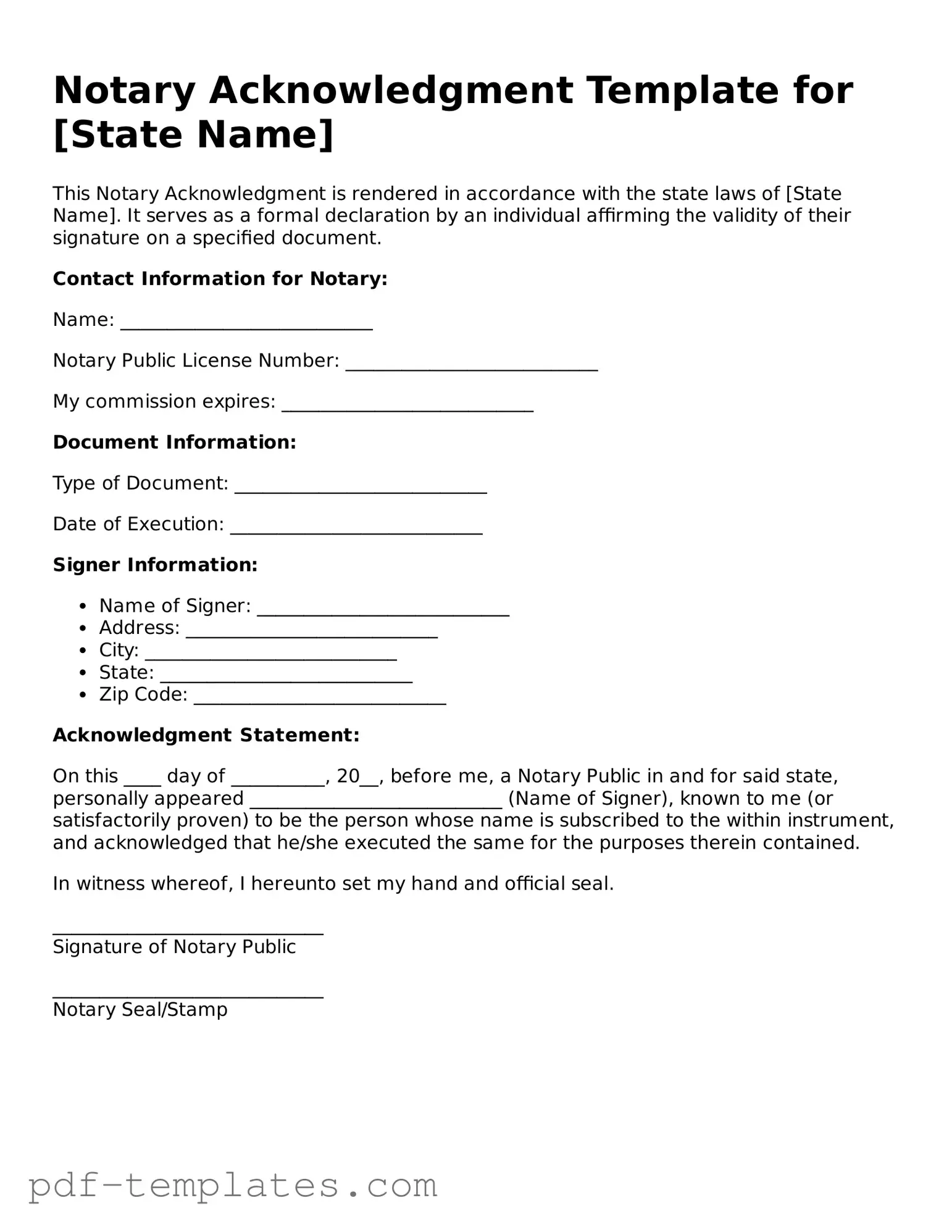The Affidavit is a document that, like a Notary Acknowledgment, is used to confirm the truth of a statement. In an Affidavit, a person makes a sworn declaration regarding specific facts, often used in legal proceedings. Just as a Notary Acknowledgment verifies the identity of the signer and the authenticity of their signature, an Affidavit is typically signed in front of a notary public to ensure that the declaration is made under oath, adding a layer of credibility and legal weight to the document.
In the realm of business transactions, understanding various forms is crucial, particularly the California Resale Certificate, which allows businesses to make purchases tax-free when items are intended for resale. This document acts as a formal declaration, vital for compliance with tax regulations, much like how a signature verification form authenticates signatures to prevent fraud. For businesses unfamiliar with these processes, resources are available for guidance, including https://formcalifornia.com, which provides helpful information on completing necessary forms in California.
A Power of Attorney (POA) is another document that shares similarities with a Notary Acknowledgment. A POA grants someone the authority to act on behalf of another person in legal or financial matters. For a POA to be effective, it usually requires notarization. The notary's role is to confirm the identity of the person granting the authority and to ensure they are doing so willingly. This process mirrors the purpose of a Notary Acknowledgment, which also aims to validate the identity of the signer and the authenticity of their consent.
A Mortgage Agreement is another document that parallels a Notary Acknowledgment. When a borrower takes out a mortgage, they must sign an agreement that outlines the terms of the loan. This document often requires notarization to ensure that the borrower understands their obligations and to confirm their identity. The notary's role is similar to that in a Notary Acknowledgment, as they help to prevent fraud and ensure that the transaction is conducted fairly and transparently.
Lastly, a Last Will and Testament can be compared to a Notary Acknowledgment in terms of its need for verification. A will outlines how a person's assets will be distributed after their death. While not all states require a will to be notarized, having a notary involved can add an extra layer of validation. The notary confirms the identity of the testator (the person making the will) and ensures that they are signing willingly. This process helps to protect against disputes and challenges to the will's validity, similar to how a Notary Acknowledgment helps to secure the authenticity of a signature.
